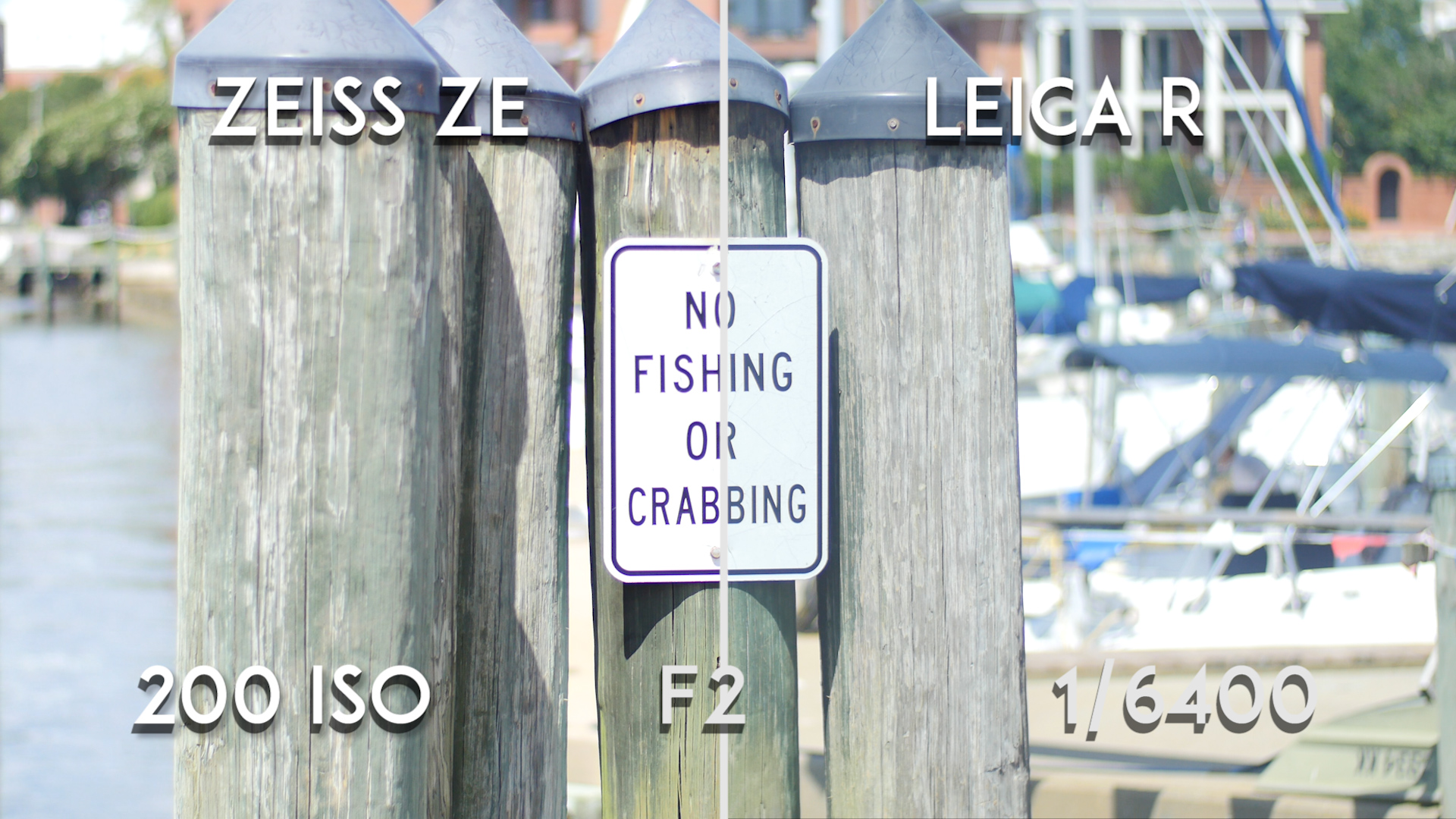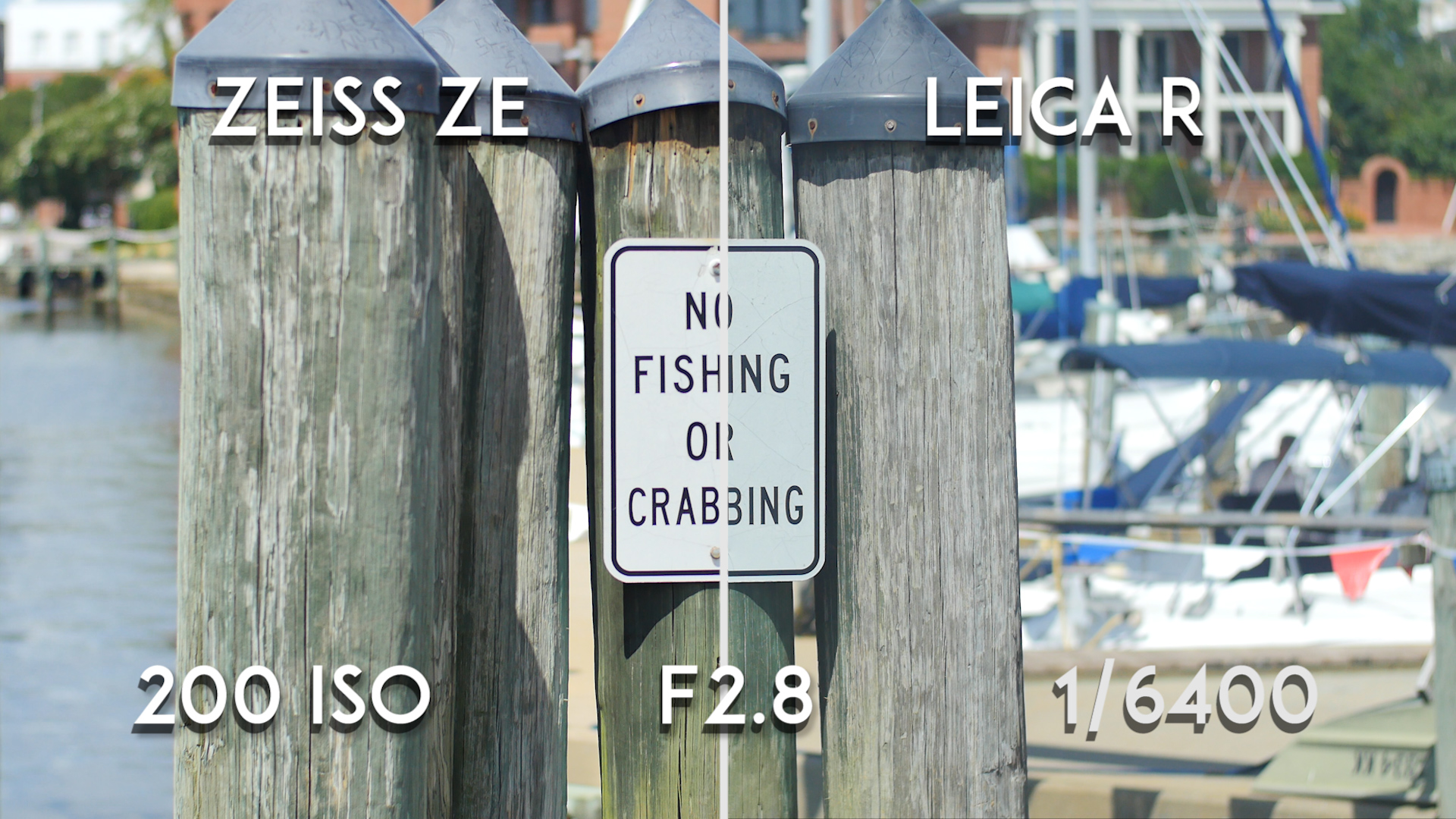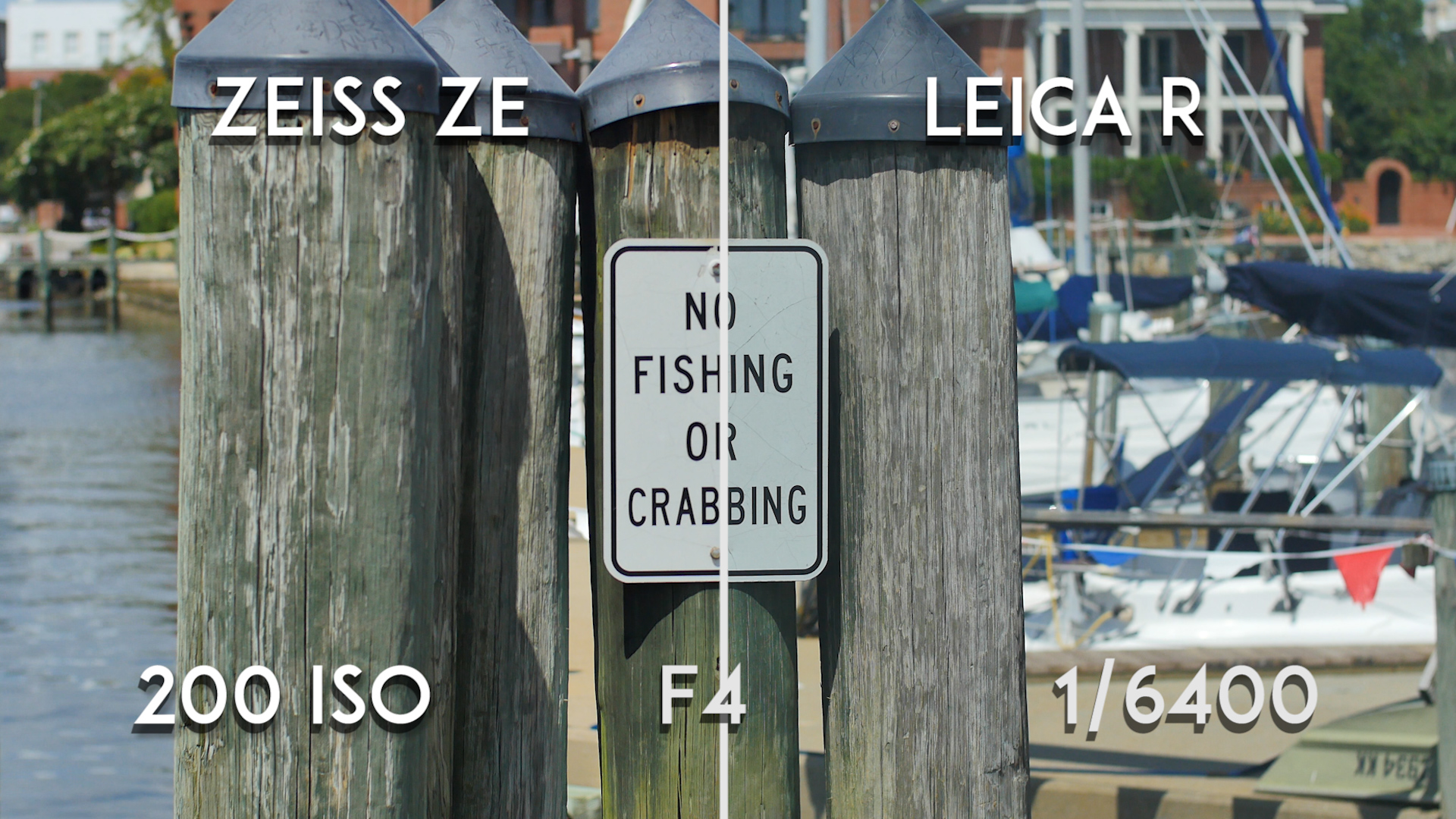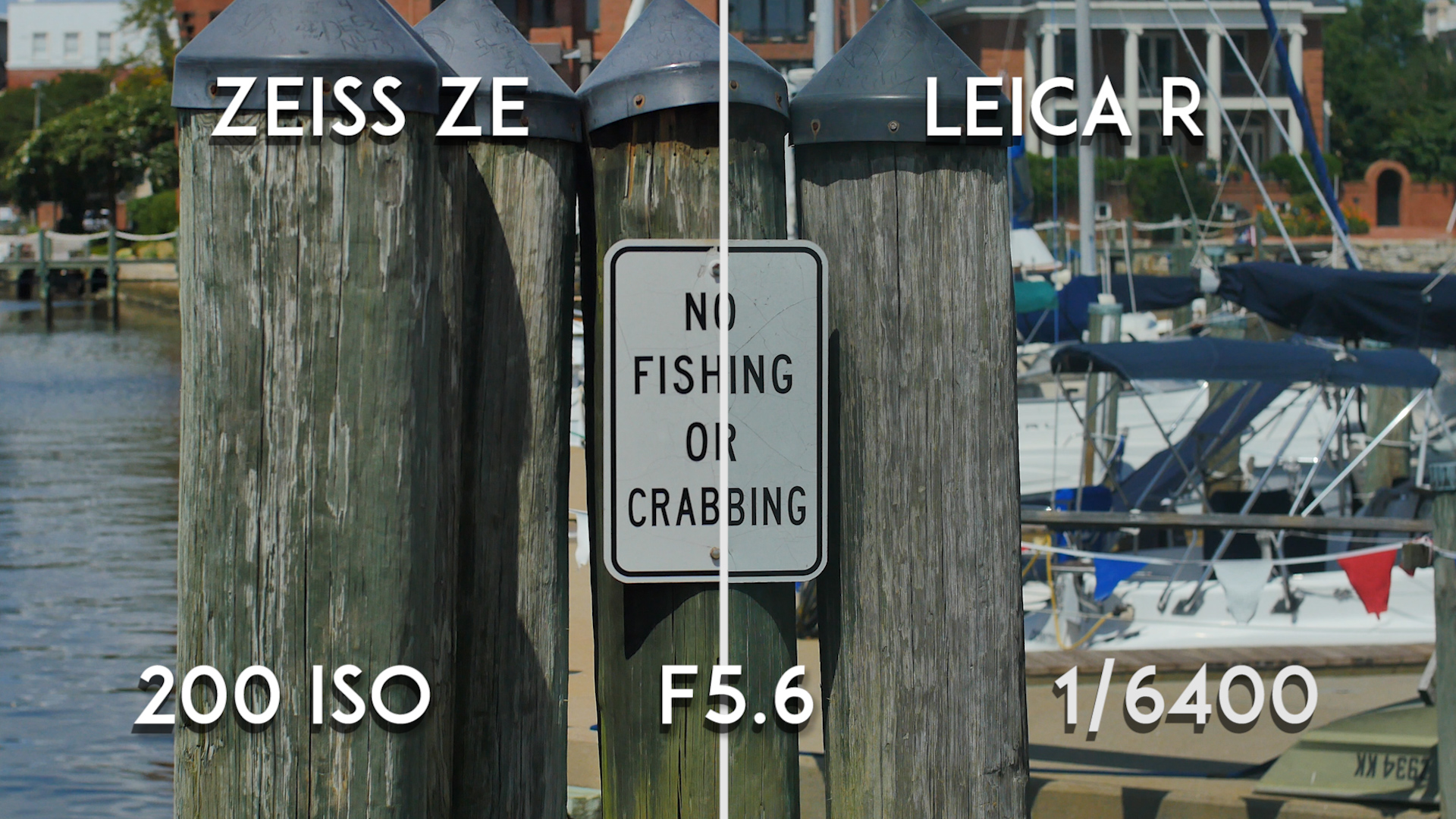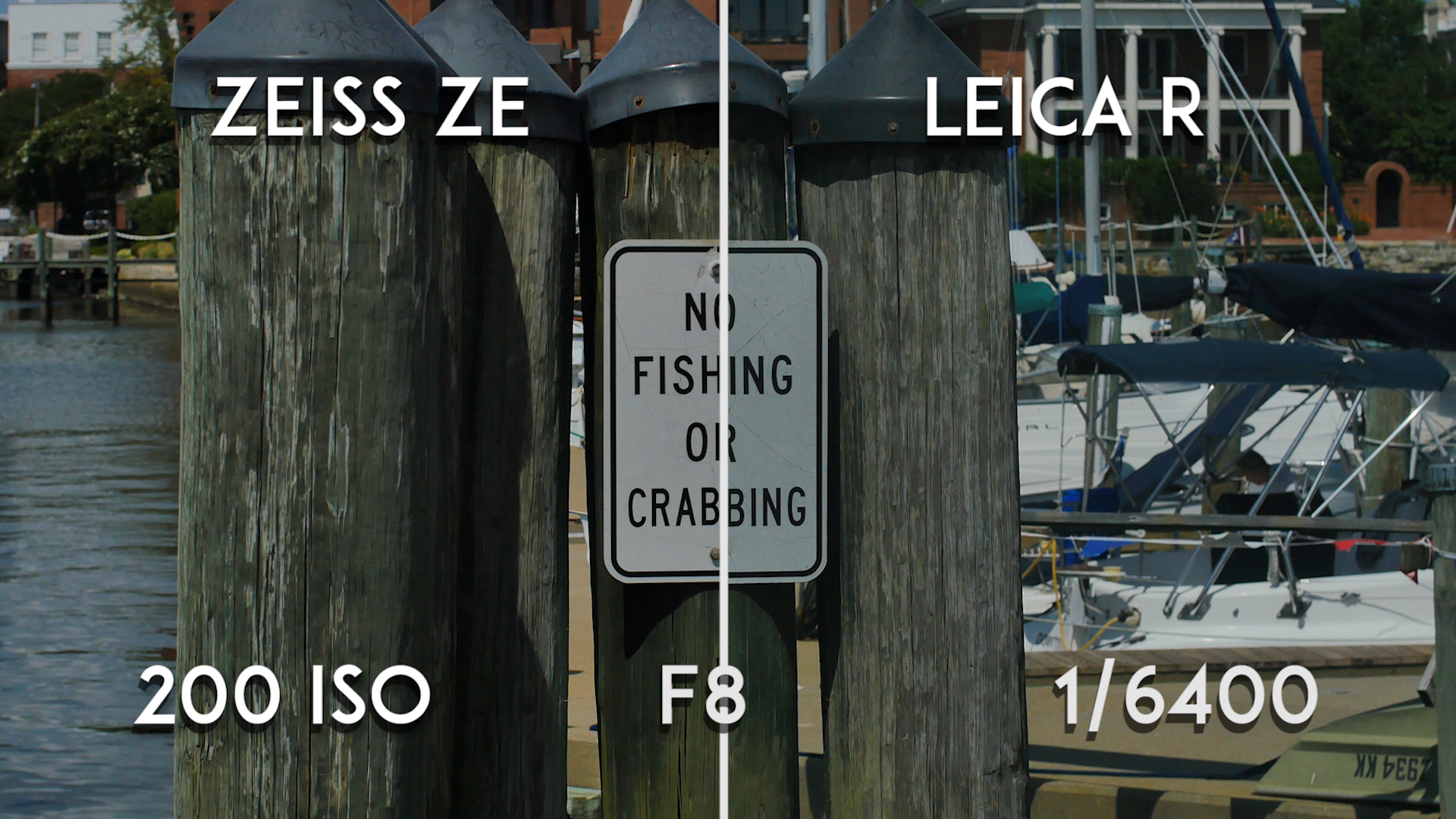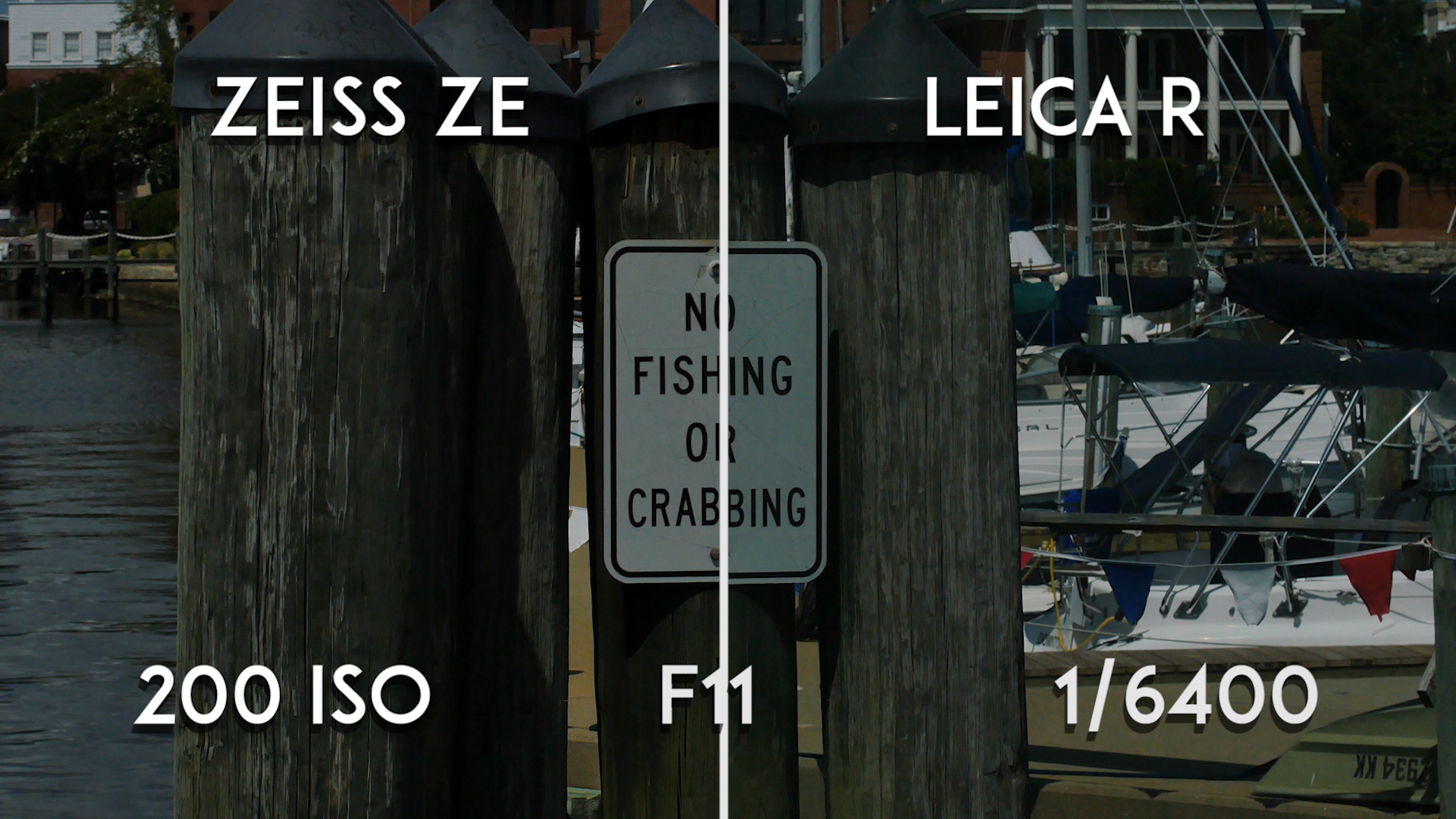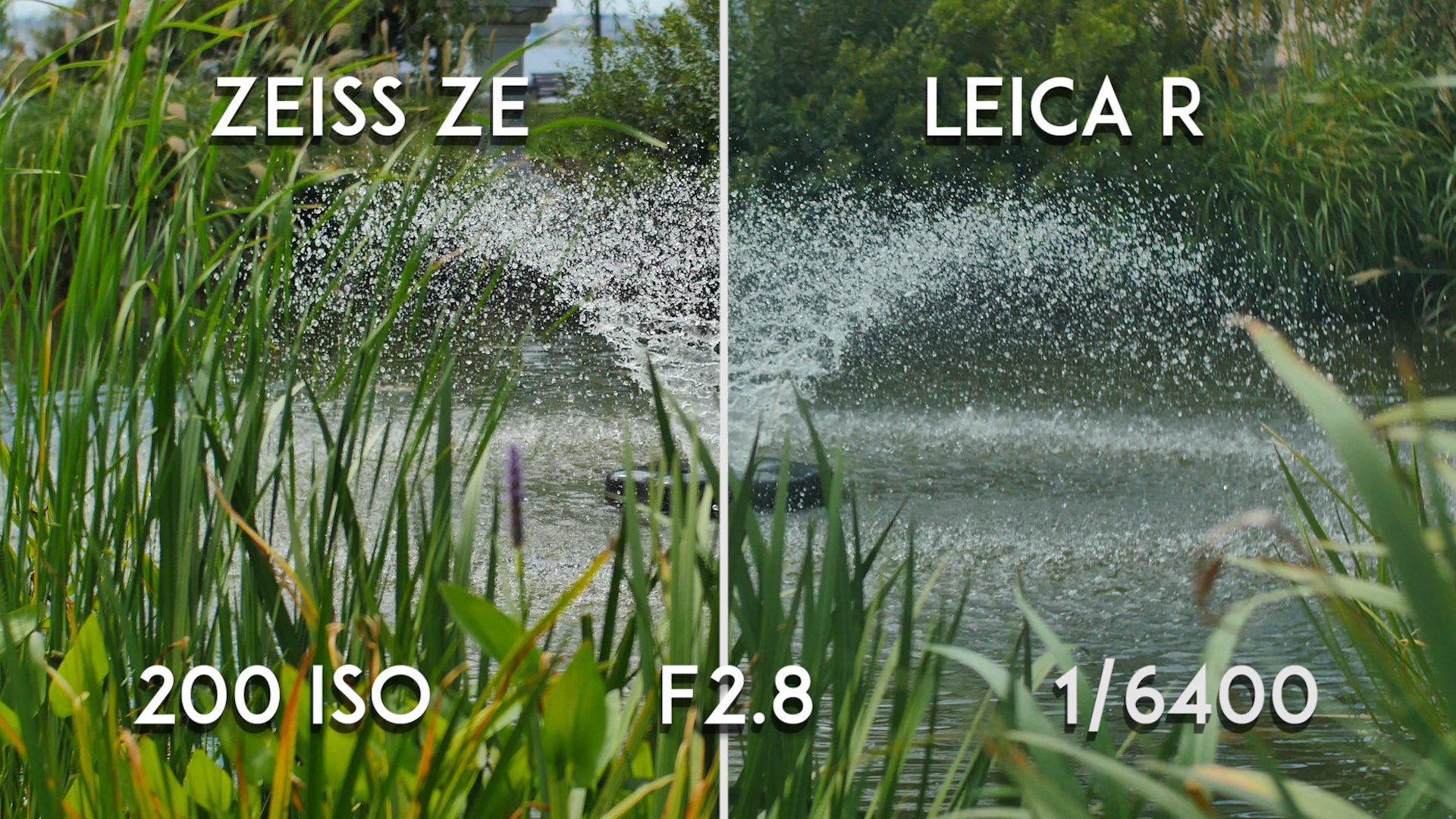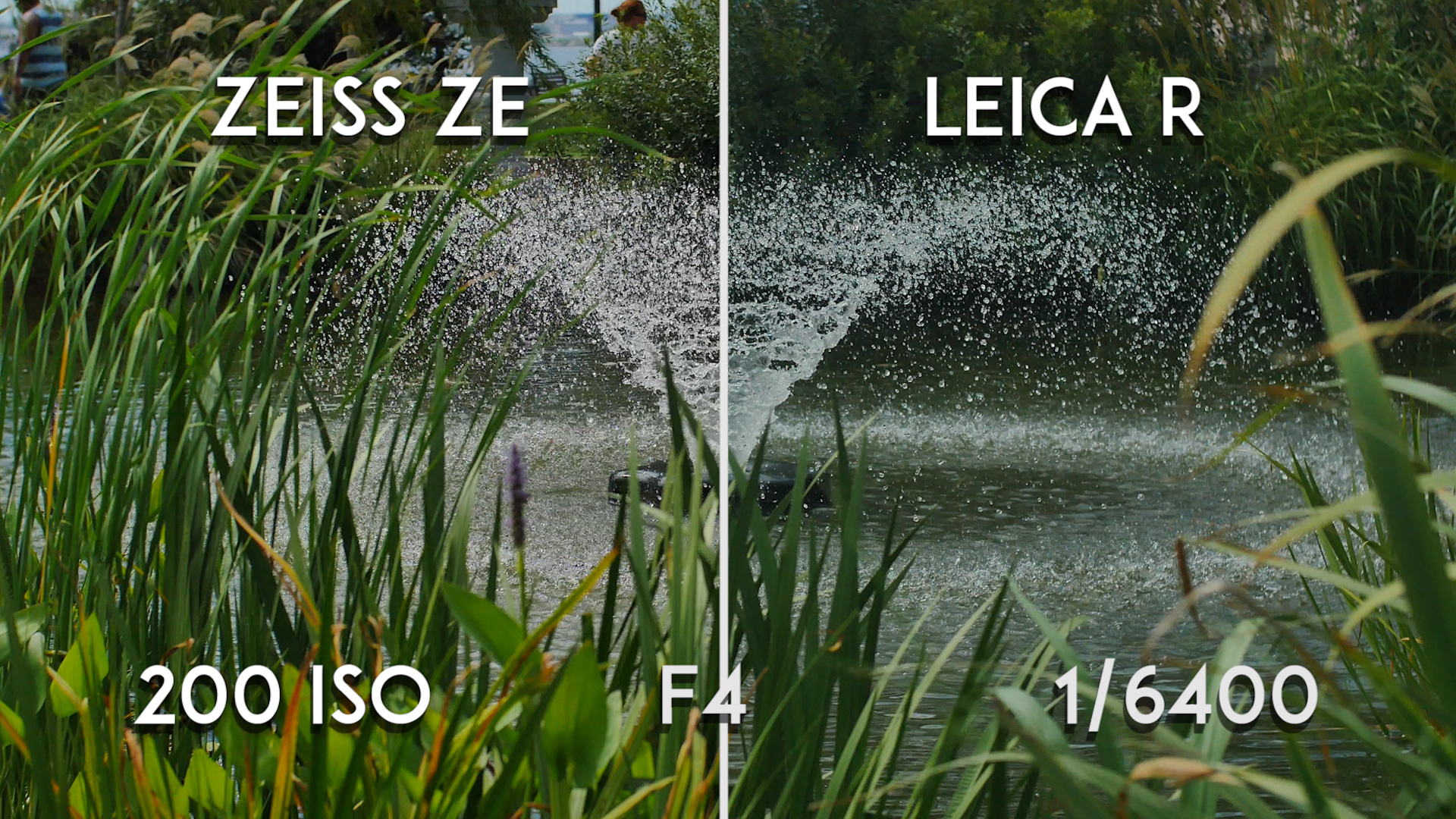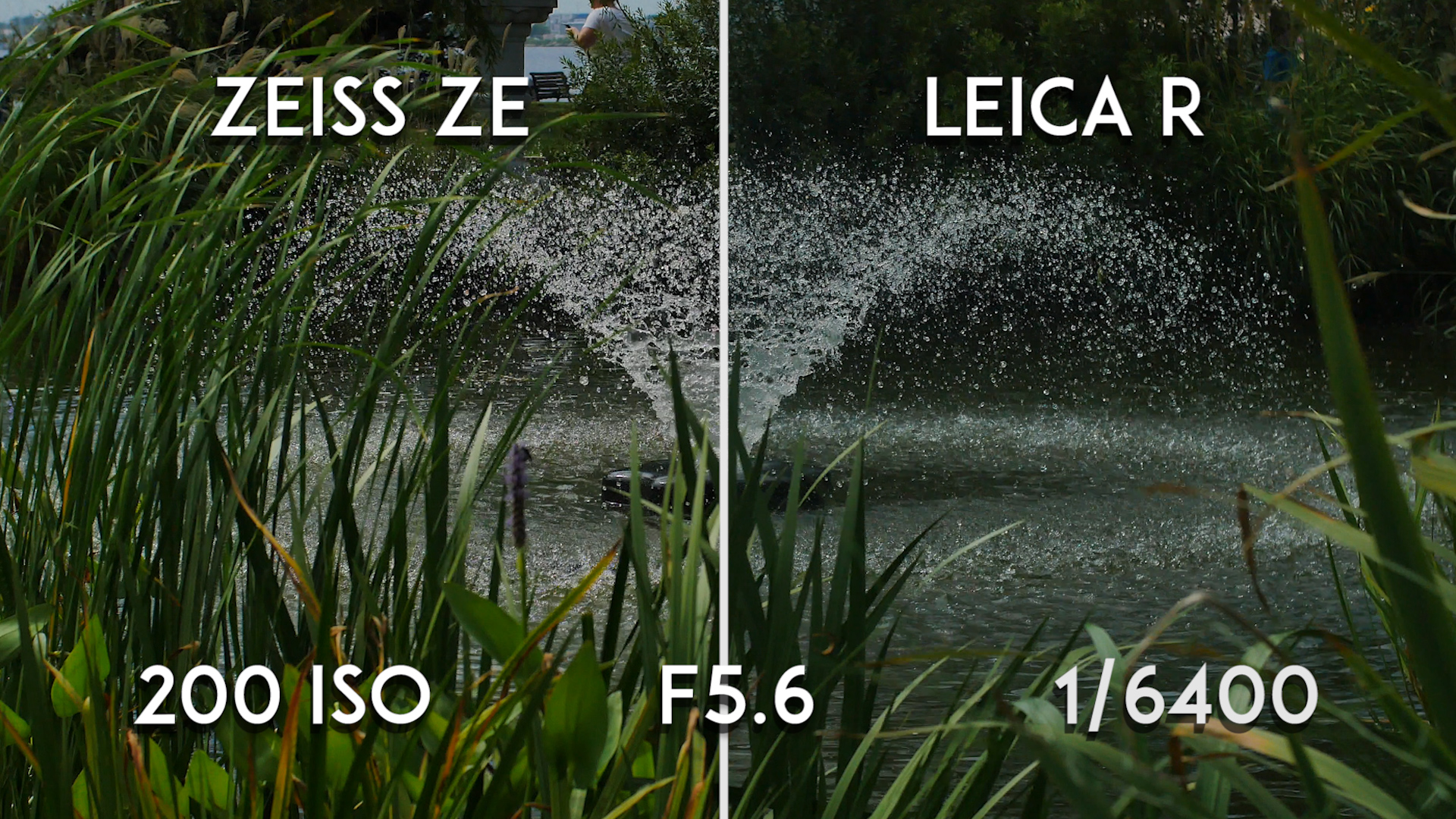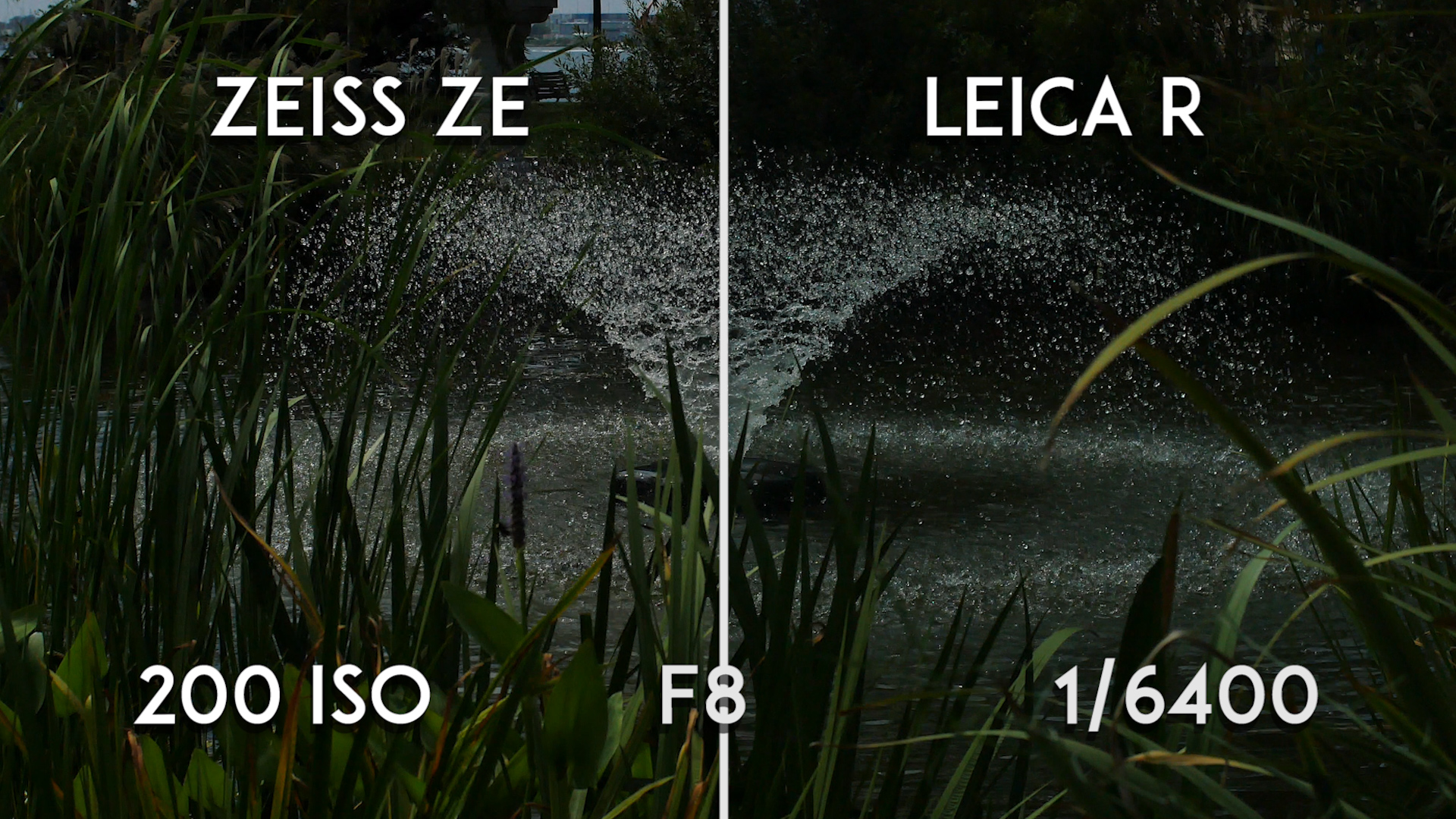We'll be treading into some hotly contested territory by comparing the Leica-R Summicron 50mm F/2 with the Zeis Planar T 50mm ZE F1.4. Both lenses have extremely passionate fans which is no surprise. They are superb in optical performance producing very pleasing results. However, there is a major difference in the overall “look” of each lens and its important to compare the two in order to understand which lens is the right one for you.
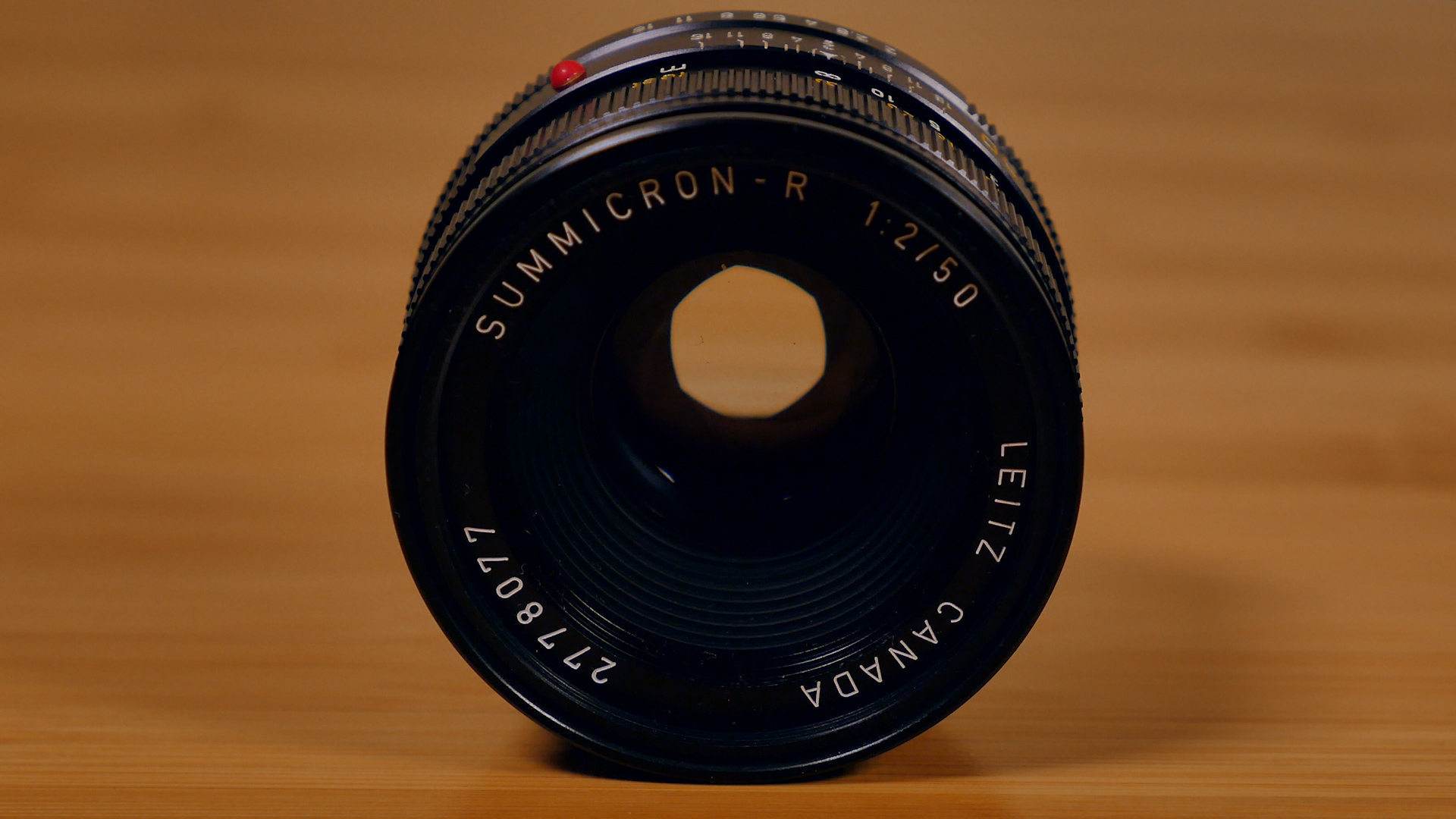
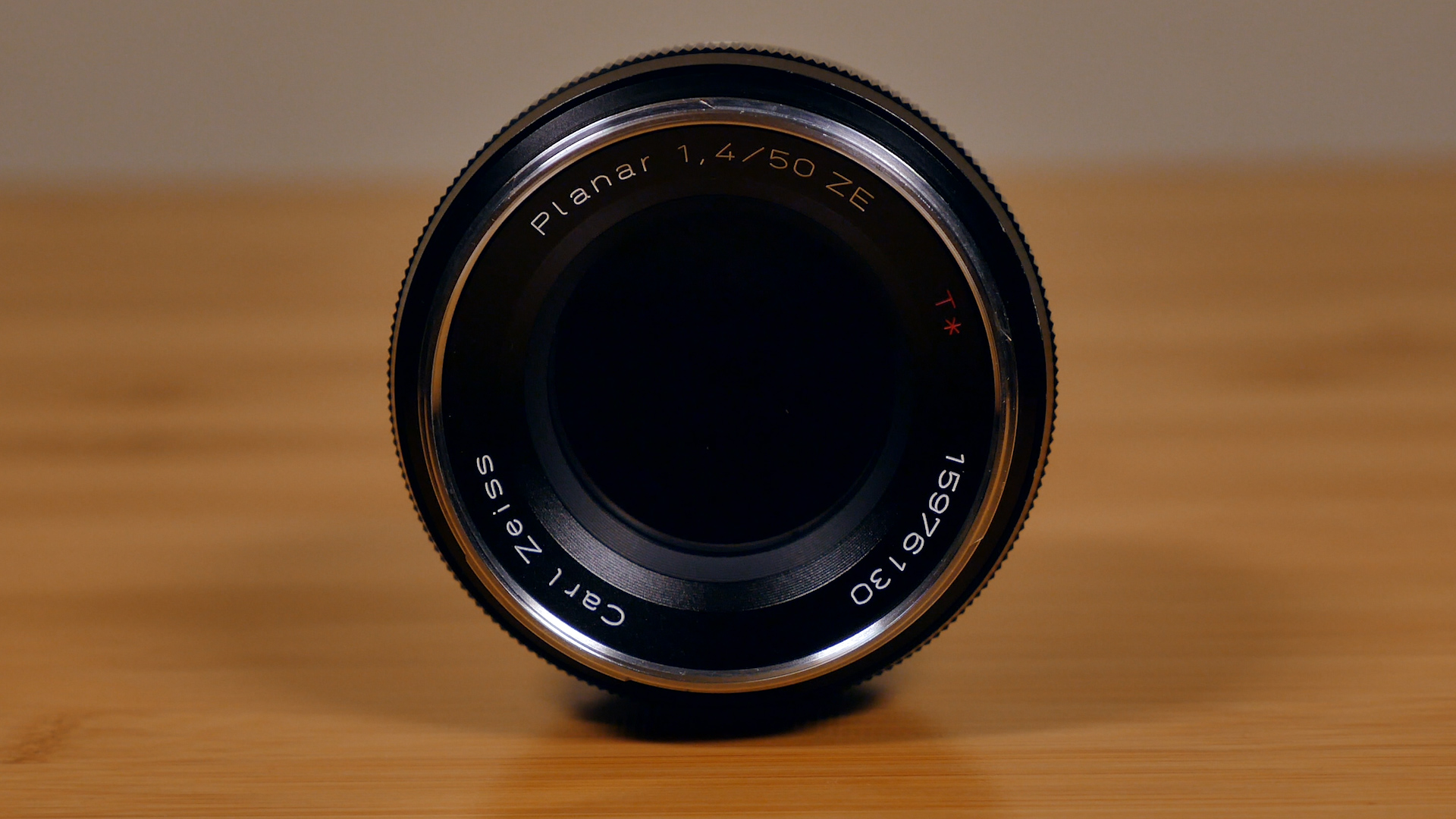
First off, I’d like to add that this is not a perfect comparison. I am using the Leica-R Summicron 50mm f2 rather than the Leica-R Summilux 50mm f1.4 to compare with the Zeiss Planar T 50mm ZE f1.4. The Summilux version of the Leica R 50 is far more expensive and in my opinion, not worth the money, if you don’t need the extra stop. So, I will withdraw the comparison between prices in my assessment even though the Leica R Summicron was about half the cost of the Zeiss Planar T ZE.

Both lenses are almost identical the same in build. They are made entirely of metal and are completely solid in construction. There’s no doubt that either one of these lenses will last a long time despite whether you purchase them new or used. Each lens also has a long, smooth focus throw with hard stops on either end.
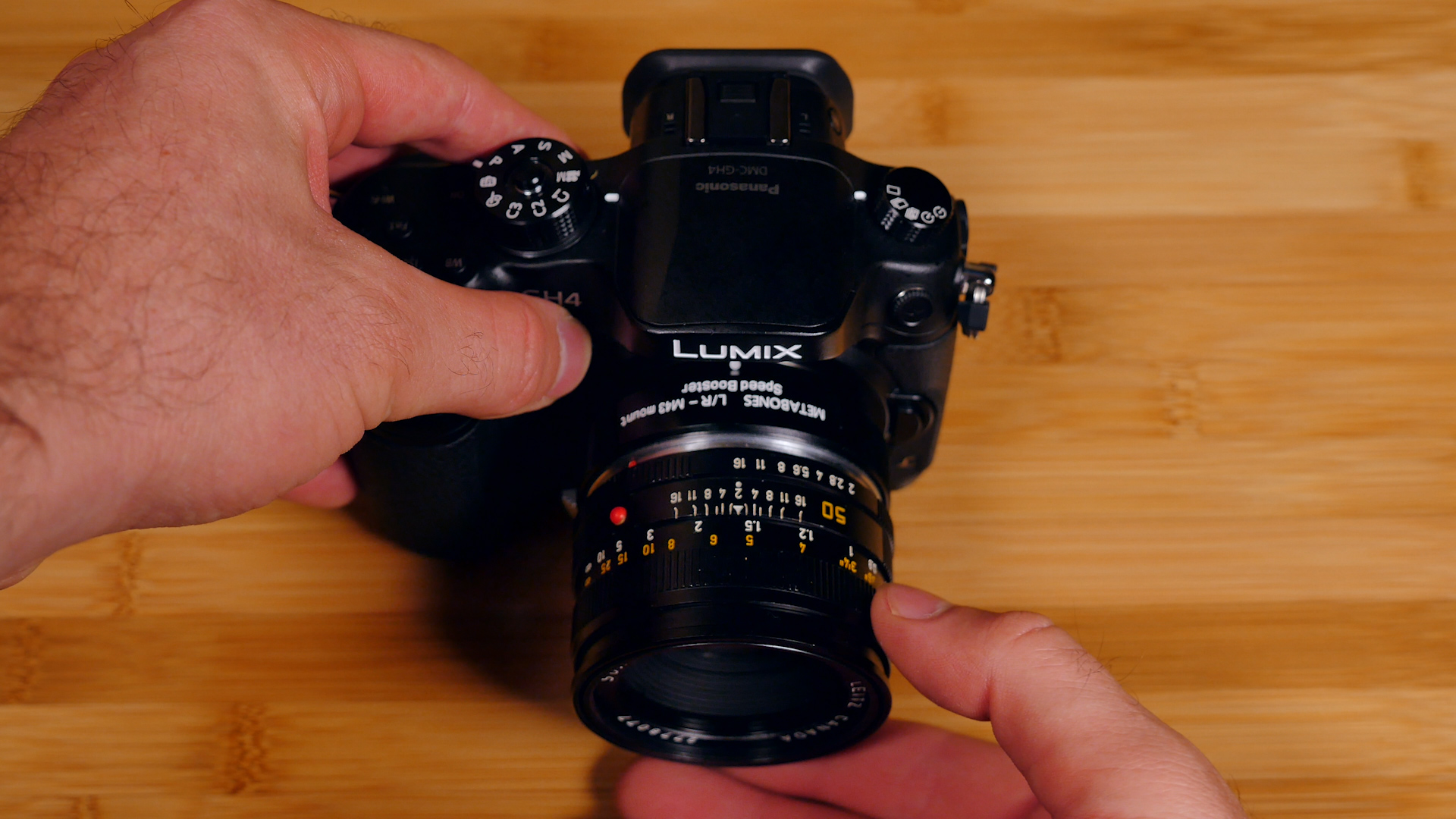

One of the major differences in their construction is that the Leica R Summicron has a manual aperture adjustment with half stop increments as opposed to the Zeiss ZE’s automatic aperture that comes standard with EF mount lenses. You can avoid this issue if you choose to buy the ZF version of this lens which is designed for Nikon mount cameras. Having a manual aperture is a much better feature for filmmakers who prefer to adjust the exposure while shooting.
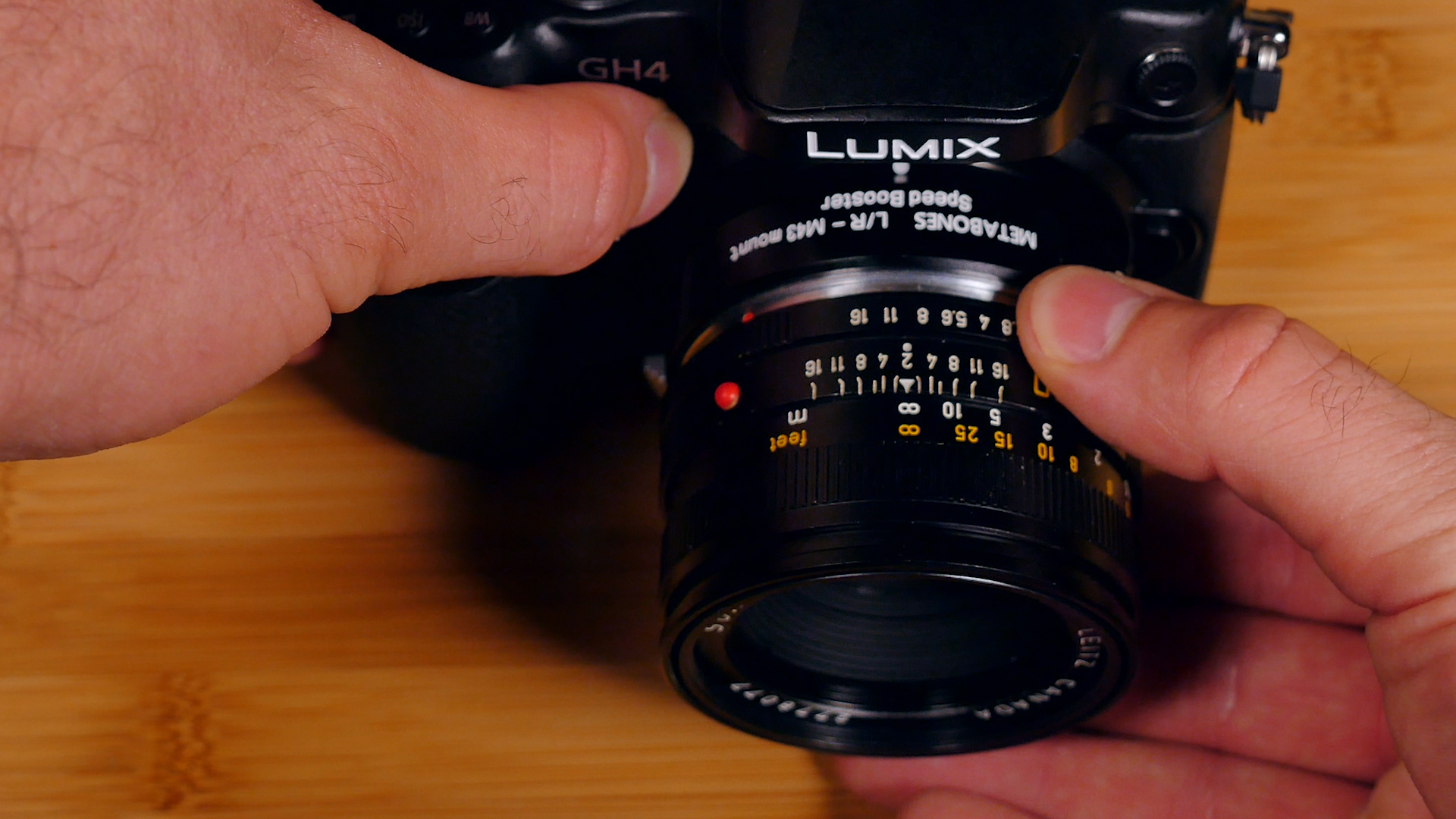
It’s also important to note that flaring is an issue with the Leica-R 50mm while it’s much better handled with the Zeiss Planar T 50mm. This is because the Leica R 50mm doesn’t have an anti-flare coating on the front lens element, while the more modern Zeiss Planar T 50mm does. This allows the Zeiss Planar T 50 to handle much better in brighter environments without a matte box or lens hood.
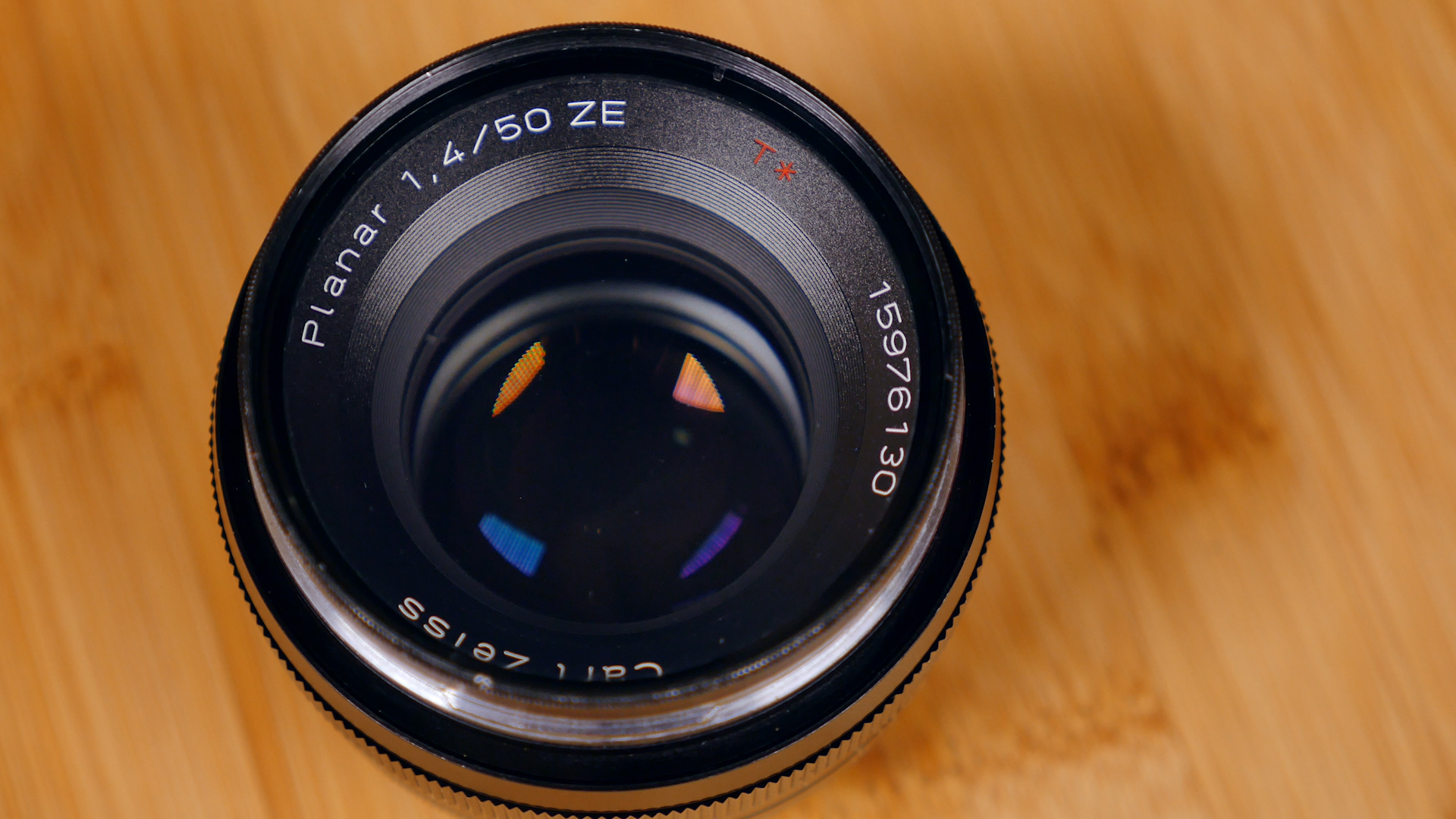
The next major difference is within image quality and this is where it gets a little touchy for diehard fans of either lens. To keep things fair, I compared both lenses using the same adapter for each respective lens mount on a Panasonic GH4. In this review, I used a Metabones Speed Booster which widens the focal length 0.71 times, increases the maximum aperture by one stop, and increases the overall sharpness.
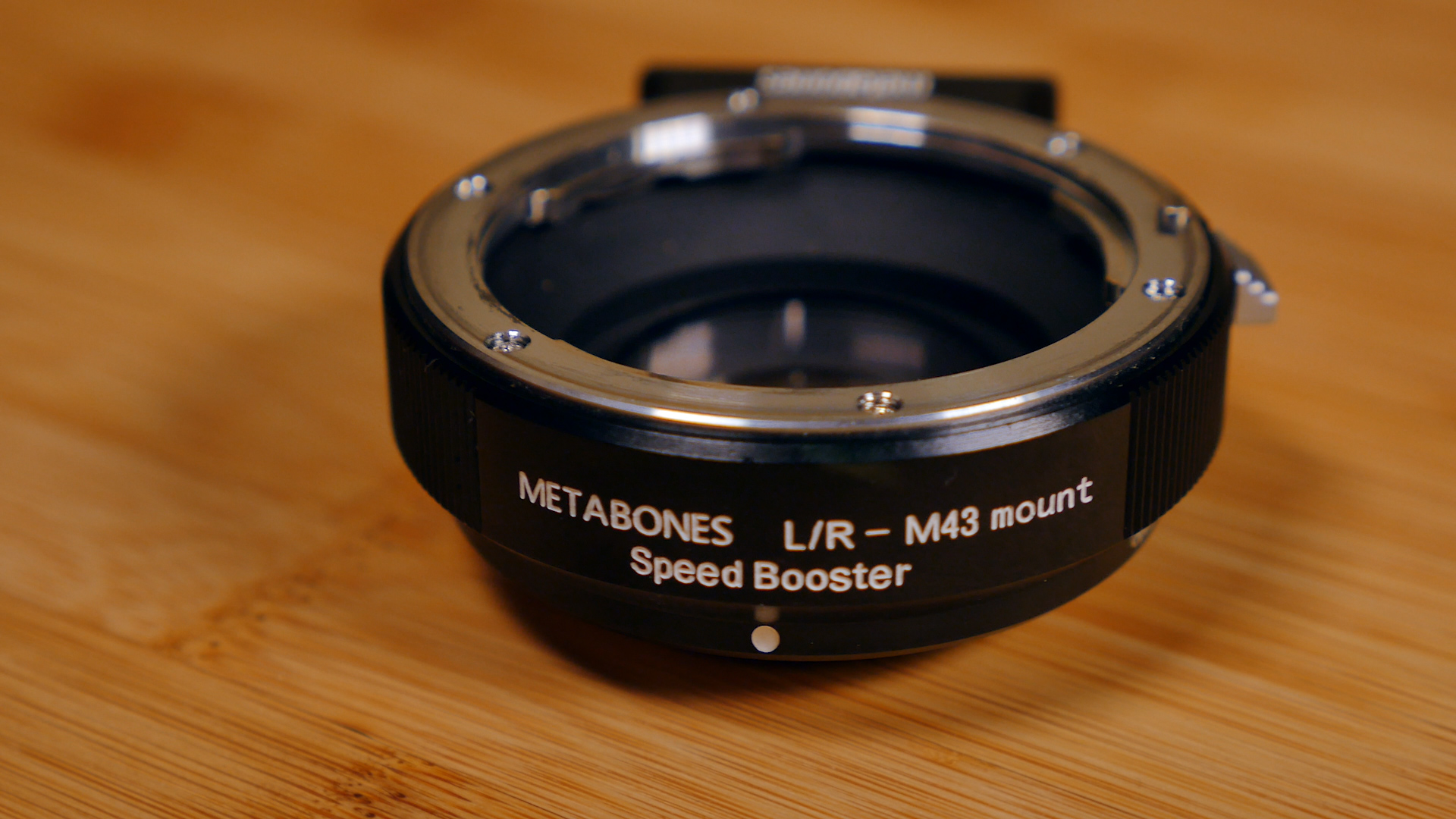
Both lenses create beautiful and very sharp looking images but there is a major difference which I will explain as we show the comparisons. The Leica-R 50mm produces creamy looking images with wonderful contrast and slightly warmer colors. The Zeiss Planar T 50mm produced higher contrast images with slightly cooler images. Overall, the bokeh in the Zeiss Planar T 50mm also looked very smooth compared to the Leica-R, which has more octagonal highlights, due to its fewer iris blades. It’s subtle but noticeable with the comparison.
Personally, the image produced by the Leica-R lens looks more classically cinematic to me while the Zeiss Planar T appears to be more modern looking. There are so many lens manufacturers that are trying to match up to the popular Zeiss quality right now, which is why this cooler contrasty “look” is something I see a lot nowadays. The Leica look, however is reminiscent of a nostalgic cinematic era that’s rarely seen these days. It makes whatever you shoot a unique experience for all your users. For this reason, I bought into Leica Land and haven’t been disappointed.


